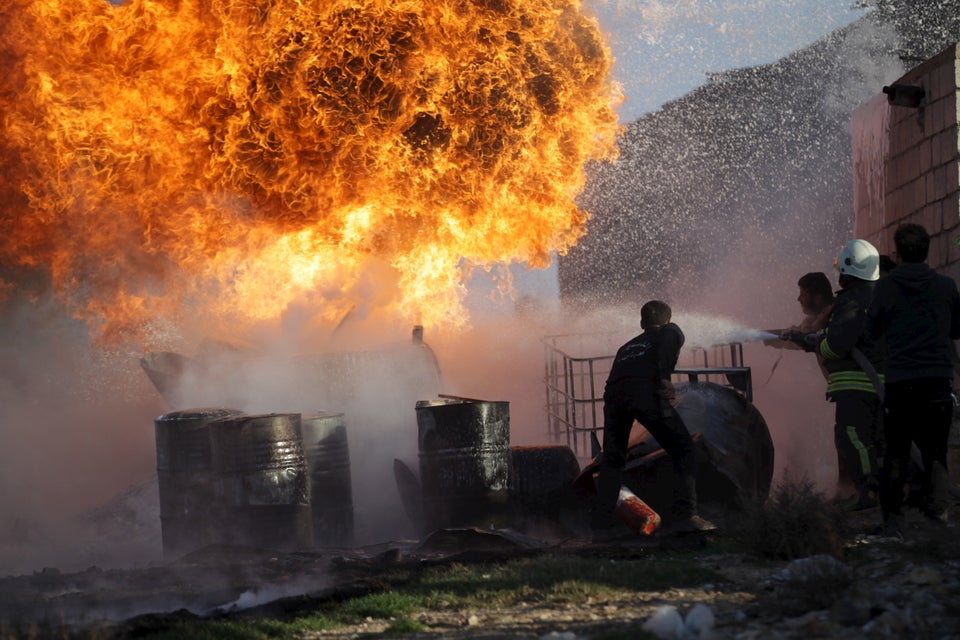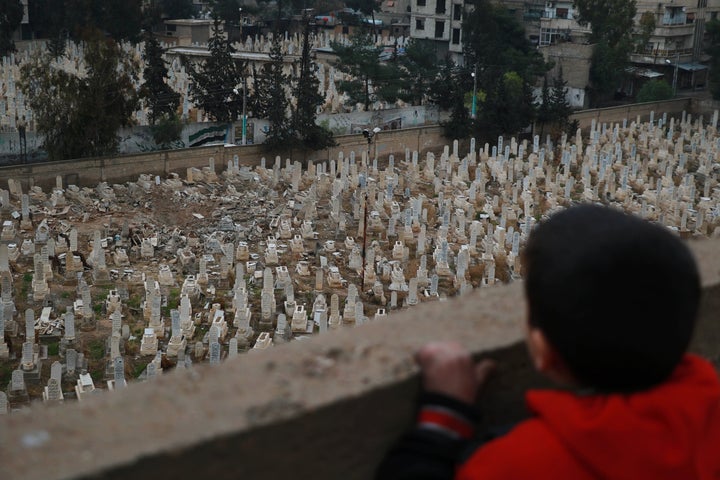
The past 12 months have been exceptionally violent for Syrians. We look at the numbers and statistics from the past year to illustrate the worst period yet in the five-year conflict, which has claimed hundreds of thousands of lives and displaced millions.
The Syrian war, now in its sixth year, has claimed nearly 470,000 lives, according to a report by the Syrian Centre for Policy Research. Year after year, it is becoming more difficult to see a peaceful solution in the foreseeable future.
A report recently published by a coalition of aid and human rights organizations, including Oxfam, showed that 2015 might have been the worst year since the conflict began in 2011.
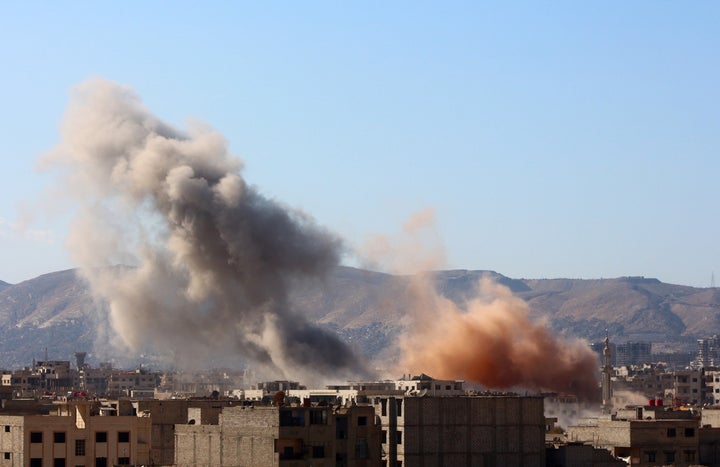
Airstrikes
Since the beginning of its aerial campaign in September 2015, Russia has conducted at least 7,000 sorties to support Syrian government forces. The report estimated that Russia spent $7.5m per day on its military campaign, including arms and ammunition aid to Bashar al-Assad’s government. Human Rights Watch reported that Russia used banned cluster bombs on 20 separate occasions between September and December 2015.
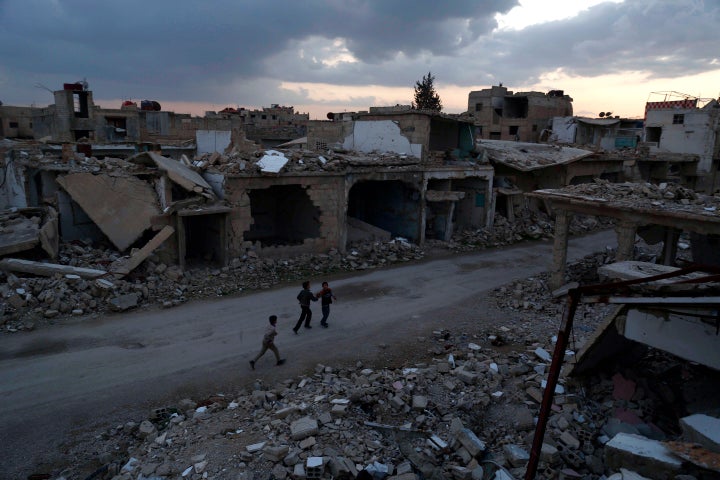
Barrel Bombs
The Syrian air force dropped at least 17,318 barrel bombs across the country in 2015, according to the Syrian Network for Human Rights (SN4HR). There were 7,971 barrel bombs dropped on Damascus suburbs alone, and some 3,980 on Daraa. The continuous use of barrel bombs by the Syrian armed forces over the past year was responsible for the deaths of 2,032 people, and the destruction of countless buildings and infrastructure.
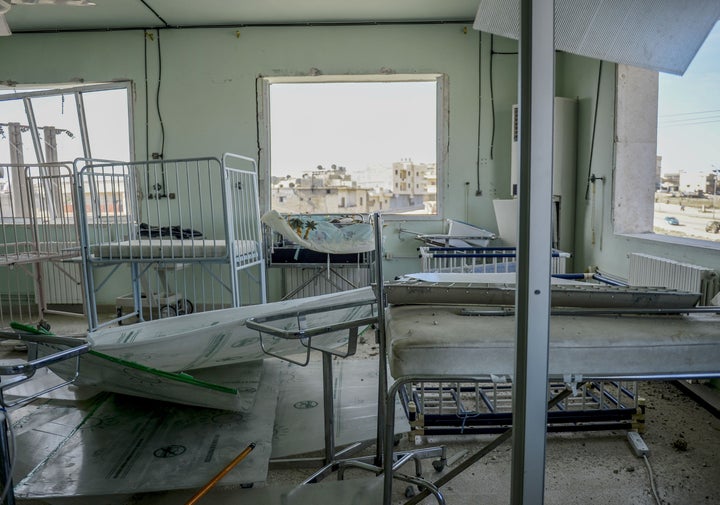
Attacks on Hospitals
Attacks on hospitals and medical staff significantly increased in 2015, making it the most dangerous year for medical facilities since the beginning of the conflict. There were 121 reported attacks on health facilities; 112 of those attacks were carried out by pro-government forces and Russian warplanes.
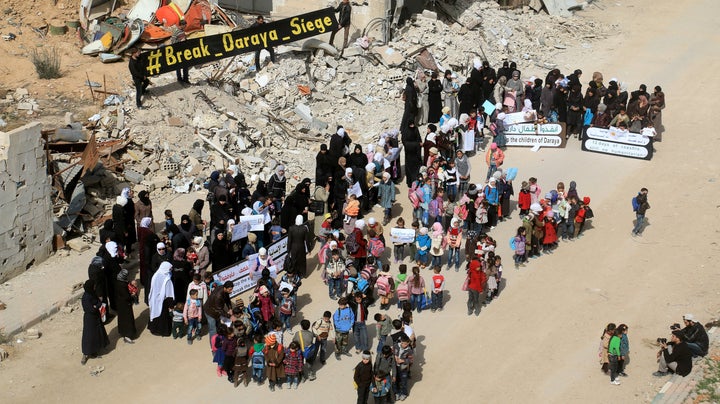
Aid Deliveries to Besieged Areas
The number of people living in besieged areas reached upward of 500,000, more than double the number in 2014. Shockingly, less than 1 percent of Syrians living in besieged communities have received U.N. food aid in the past year. More than 12 million people in Syria still do not have access to clean water and nearly 9 million do not have enough to eat.
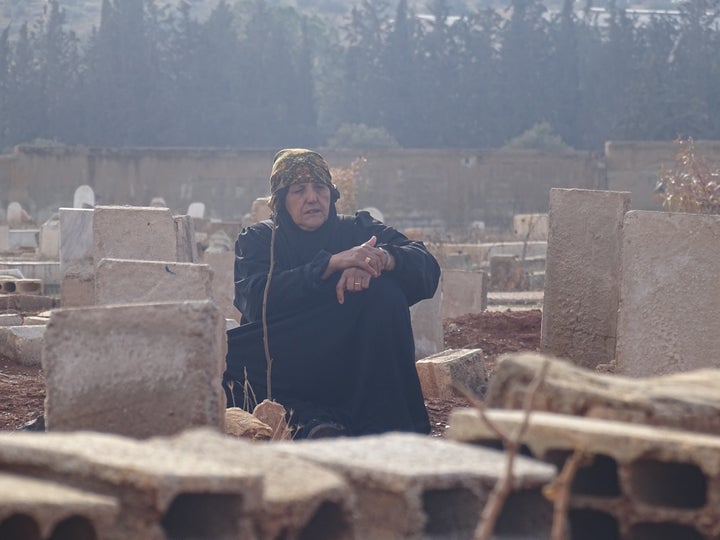
Death Toll
In total, 50,000 people have died since April 2014, according to the report, while 21,179 people were killed in 2015 alone, the Syrian Network for Human Rights indicated.
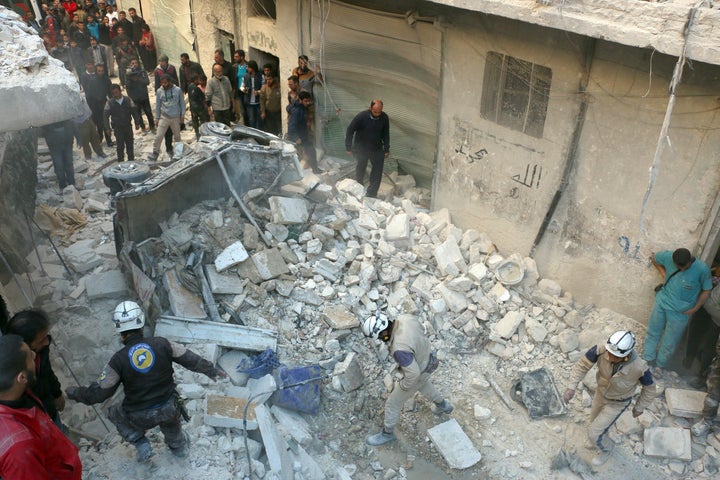
Destroyed Buildings
In a 20 percent increase from 2014, at least 200,000 houses were completely or partially destroyed in 2015, according to data published by the U.N. Office for the Coordination of Humanitarian Affairs (OCHA). Meanwhile, the Syrian Network For Human Rights reported that at least 1,114 vital facilities were targeted, including vital infrastructure, medical facilities, places of worship, cultural facilities and refugee camps.
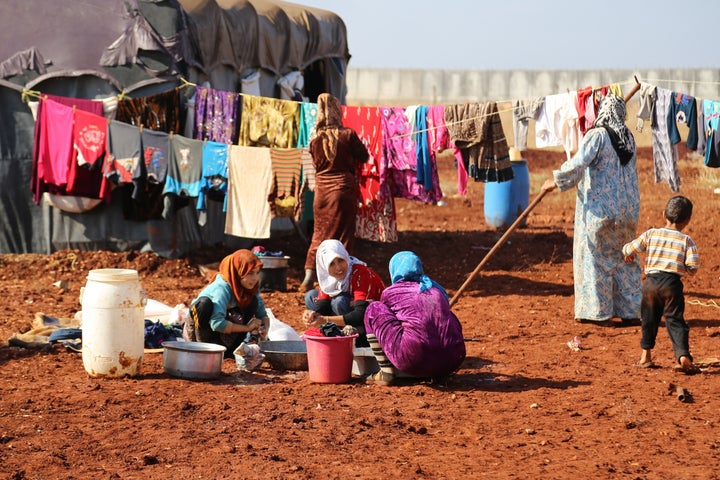
Internally Displaced Persons (IDPs)
As a result of airstrikes and bombardment, close to 1 million people were forced to flee their homes in 2015, either to other parts of Syria or to nearby countries. Neighboring states such as Jordan, Lebanon and Turkey have sealed their borders after admitting hundreds of thousands of refugees, forcing tens of thousands of people to create impromptu camps along the border areas.

Children out of School
The situation for Syria’s children has been steadily deteriorating as a direct result of the conflict. Continuous attacks on schools and restricted access to many areas kept another 400,000 Syrian children out of school in 2015, bringing the total up to 2 million since the beginning of the conflict. In December 2015, a number of airstrikes hit a girls’ school in Douma, killing 19 civilians, including 15 students. The SN4HR has reported that at least 202 educational facilities were targeted in the past year.
This article originally appeared on Syria Deeply. For weekly updates about the war in Syria, you can sign up to the Syria Deeply email list.
